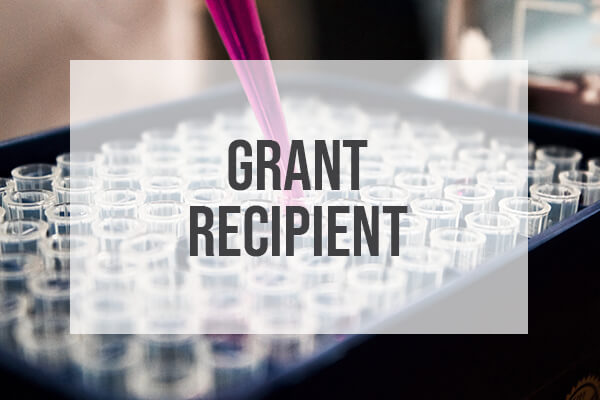AgResearch, Ruakura Research Centre, Hamilton, New Zealand
Neonatal Unit, Waikato Hospital, Private Bag 3200, Hamilton, New Zealand
Abstract
Background: Human milk contains a range of host defence proteins that appear to contribute to health and wellbeing, but their variability in abundance among individuals has not been very well characterised. Milk from mothers of premature infants has altered composition, but the effect of gestation length on the hostdefence properties of milk is not known. A studywas therefore undertaken to determine the variability and effect of gestation length on the abundance of five host-defence proteins in milk; lactoferrin, secretory IgA, IgG, secretory component, and complement C3. Methods: Milk was obtained from 30 mothers at their second and fifth week of lactation. These were from three groups of ten mothers having had very premature (V; 28–32 weeks gestation), premature (P; 33–36 weeks) or full term deliveries (T; 37–41 weeks). The concentration of each of the five proteins was measured in each milk sample by either ELISA or quantitative western blotting. Results: The concentration of IgG, and complement C3 ranged 22- and 17-fold respectively between mothers, while lactoferrin, secretory IgA, and secretory component ranged 7-, 9-, and 4-fold, respectively. The V group had significantly lower concentrations of four of the five proteins, the exception being IgG. Levels of these four proteins also decreased between weeks 2 and 5 of lactation in the P and T groups. Significant correlation was found between the concentrations of the host defence proteins within individual mothers, indicating some degree of co-ordinate regulation. Conclusions:Mothers varywidely in the levels of host defence proteins in milk. Very short gestation length results in decreased abundance of host-defence proteins in milk. This may have functional implications for very premature infants.
Introduction
Milk plays a critical role in providing nutrition to the newborn mammal aswell as protecting the neonate against infection. This latter functionality of milk is delivered in part through a range of antimicrobial, pathogen-recognition and other host defence proteins which form part of the complement of minor proteins in milk [1–4]. The abundance of some of these proteins varies considerably between individuals. Some milk proteins are up-regulated as part of the inflammatory response that occurs during infection of the mammary gland [5–7]. Some host defence proteins are also known to be altered in abundance with the stage of lactation [8–11]. This variability in the protein composition of milk, at least in part, may reflect the changing need of the offspring during its growth and development. Premature babies have specific nutritional requirements [12] and infection is of particular concern. The composition of the milk from pretermmothers is known to be altered compared with full-term mothers [13,14]. However it is not clear whether this is a response to addressing the premature infant’s needs, whether it is due to immaturity of mammary development, or for other reasons. Several studies have addressed whether a shorter than normal gestation length affects the host defence proteins in milk. Immunoglobulin A has been reported to be higher in milk fromshort gestation mothers comparedwith normal length gestation [15–18]. In contrast, other studies have reported lower IgA levels in milk from mothers of very pre-term babies [19,20]. These studies revealed a high degree of variability in the concentration of IgA between the individual donors. The levels of another host defence protein, lactoferrin, has also been reported to be either lower [18,19] or higher [21] in milk from mothers of premature babies. Thus there is a lack of clarity as to what extent the concentration of host defence proteins vary among individuals, and if the composition of these host defence proteins is altered in pre-term mothers’ milk compared with full term mothers. In a study of 30 mothers (10 in each of three gestation length groups) we wished to determine the extent of within-mother and between-mother variability in the abundance of a range of host defence proteins in milk during established lactation, and the extent to which the levels of these proteins were altered by gestation length. The levels of five host defence proteins were measured; lactoferrin, secretory IgA, IgG, secretory component, and complement C3. Large variations were found for each of the proteins, with some differences between the gestation-length groups. These data will provide a basis for developing approaches to provide better natural defence against infection for premature infants.
Would you like to support the work of the Foundation?
Contact us for more information, or simply make a donation.




